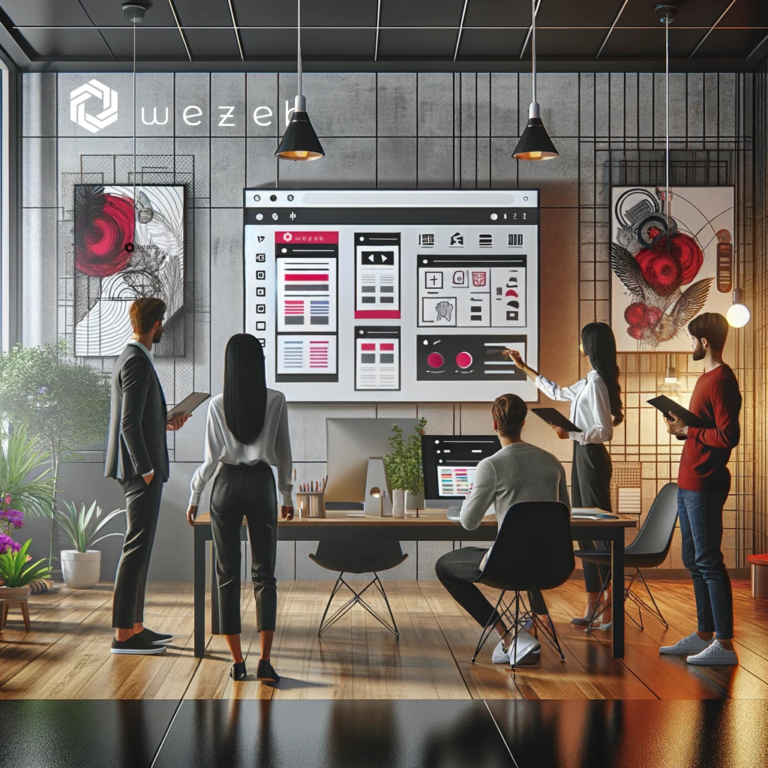Understanding Website Design

Website design encompasses the visual and functional elements that make up your website. It includes everything from the layout and colors to the fonts, images, navigation menus, and overall user interface. Think of it as the look and feel of your online space.
Why Is Website Design Important?

- First Impressions: Your website is often the first interaction users have with your brand or business. A well-designed website creates a positive first impression, making visitors more likely to engage with your content or make a purchase.
- User Experience: User experience (UX) is all about how visitors interact with your site. A good design ensures a seamless and enjoyable experience, keeping users engaged and encouraging them to explore further.
- Credibility and Trust: A professionally designed website instills trust and credibility. Users are more likely to trust a site that looks polished and well-maintained.
- Mobile Optimization: With the rise in mobile device usage, responsive design (making your site work well on all screen sizes) is essential. A mobile-friendly design ensures your website reaches a broader audience.
- SEO and Search Rankings: Search engines like Google consider user experience as a ranking factor. A well-designed website can improve your search engine rankings, making it easier for users to find you.
- Conversion Rates: A user-friendly design can lead to higher conversion rates. Whether you want users to sign up for a newsletter, make a purchase, or fill out a contact form, a well-designed site can encourage these actions.
Key Elements of Web Design

To grasp the importance of website design, let’s look at some key elements that make a difference:
- Layout: A clean and organized layout helps users navigate your site with ease. A cluttered design can confuse and frustrate visitors.
- Colors and Branding: Consistent use of colors and branding elements reinforces your brand identity and creates a cohesive look.
- Typography: Fonts should be legible and complement your overall design. Readable text is essential for conveying your message effectively.
- Images and Multimedia: High-quality images and multimedia elements enhance the visual appeal of your site. Avoid pixelated or low-resolution graphics.
- Navigation: An intuitive navigation menu makes it simple for users to find what they’re looking for. Clear labels and a straightforward structure are essential.
- Loading Speed: A well-optimized design ensures fast loading times, which are crucial for user experience and SEO.
- Accessibility: Make your website accessible to all users, including those with disabilities, by following accessibility guidelines.
How to Achieve Effective Website Design

Now that we understand the significance of website design, let’s explore how to implement it effectively:
- Know Your Audience: Understand your target audience’s preferences and needs. Your design should cater to them.
- Consistency: Maintain consistency in design elements across your site, such as colors, fonts, and branding.
- Simplicity: Keep your design simple and user-focused. Avoid unnecessary complexity.
- Mobile Optimization: Ensure your website is mobile-responsive, adapting to various screen sizes.
- User Testing: Regularly test your design with real users to identify and fix usability issues.
- Loading Speed: Optimize images, minimize scripts, and use a content delivery network (CDN) to enhance loading speed.
- Stay Updated: Keep your design up-to-date to remain relevant and competitive.
In Conclusion

Website design is not just about aesthetics; it’s about creating an engaging, user-friendly, and trustworthy online presence. Your website’s design is often the first thing users notice, and it greatly influences their perception of your brand or business.
By prioritizing website design, you can make a positive impression, improve user experience, and ultimately achieve your online goals. So, embrace the power of design, and watch your website become a captivating and effective digital space that leaves a lasting impact on your audience.





